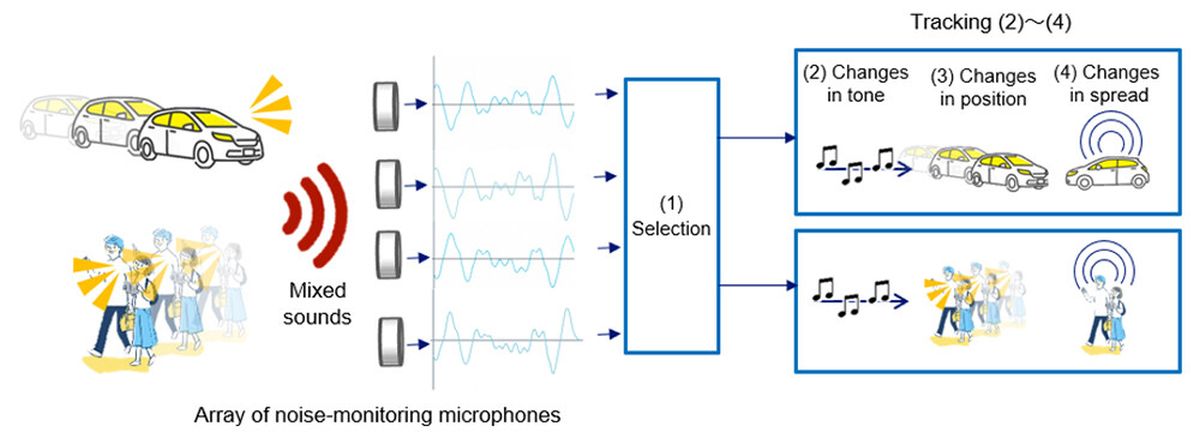Japanese researchers at NTT Laboratories have reportedly developed what they are calling the “world’s first spatial active noise control (spatial ANC) technology. While the technology isn’t new, its application in this context can fill a room, literally.
NTT Laboratories says it achieved the spatial ANC by using a general purpose GPU, or GPGPU. “This technology utilises a GPU to enable wavefront control with 10,000 times the power efficiency of an in-vehicle processor, and also directly connects the GPU to the audio when transferring data from the microphone that observes noise and the speaker that generates the opposite phase sound to suppress noise, enabling the microphone and speaker processing to be synchronised with high precision. The cancellation sound that suppresses noise observed by the microphone can be played from the speaker in perfect time synchronisation without any lag or fluctuation.”

To give provide a layman’s view of the scope of this action: ANC within headphones utilise the microphones in it to pick up nearby sounds, which are then sent to the signal processor built into them. Then, said microprocessor will make the relevant calculations on the fly and proceed to generate the noise cancelling elements, which you can hear by the “deadening” silence that envelops your ears, as well as the pressure it generates.
In the case of NTT Laboratories, its scientists managed to take technology and apply to the space of a room. Even more impressive? It’s able to be applied in roughly two microseconds, and with a high level of precision.

The use cases here, as per NTT, is in places such as airports or even vehicles. “It can help reduce vehicle cabin and aircraft noise, urban traffic noise, and create quiet environments in conference rooms and hotels, thereby improving quality of life and reducing the impact of noise on hearing.” That said, it goes without saying that even this level of ANC application won’t be able to drown out all the noise, but at the very least, it can take the edge off the deafening sounds around.
(Source: NTT Laboratories, PC Gamer, PC Watch)


